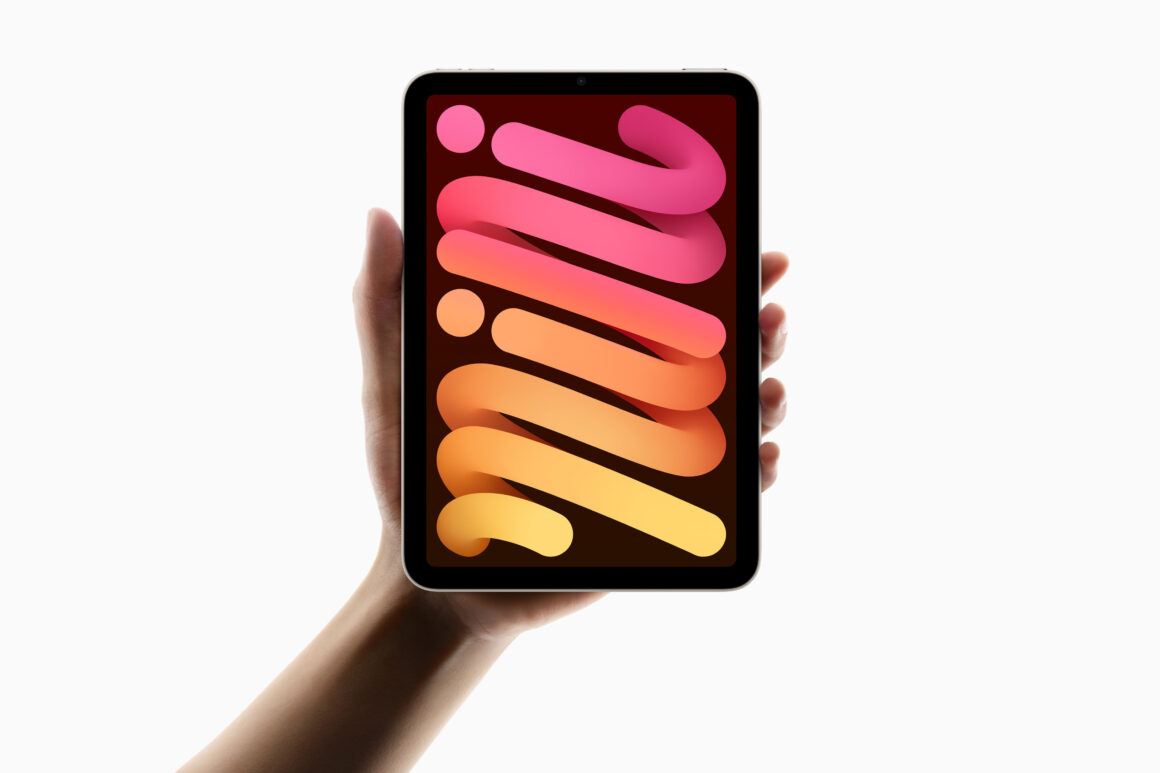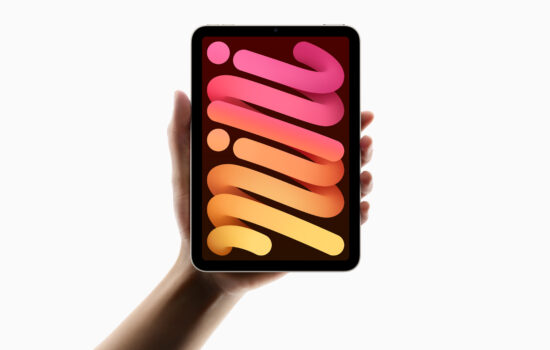Over a month ago in October, Apple unleashed the iPad mini with the A17 Pro chip to support Apple Intelligence. This update was mainly a spec update with no real design changes as the new iPad mini has the same display as its predecessor even though Apple claims that it has fixed the “jelly-scroll” issue. However, that may be about to change for the next generation as market research firm Omdia claims that Apple could launch a future iPad mini with OLED as soon as 2026. In the early days, the iPad mini used to be refreshed on an annual basis, but that changed starting with the iPad mini 4, where Apple refreshed its smaller tablet every few years. For instance, Apple launched the iPad mini 6 in September 2021, but it did not update that device until recently in October 2024 with the latest iPad mini. So this report would not be far off from Apple’s refresh cycle for the iPad mini.
Additionally, the higher-end 11-inch and 13-inch iPad Air will also follow suit to adopt OLED displays sometime in 2027-2028, and both the future iPad mini and iPad Air will use the single-stack 60Hz OLED panels to differentiate from the higher-end iPad Pro’s tandem OLED displays (dual-stack) that can go up to 120Hz. The iPad Pro recently adopted tandem OLED technology back in May of this year, and one advantage that the iPad Pro’s display technology has doubled the brightness and extended display lifespan by up to four times.
On the Mac side, Apple is expected to bring that same Ultra Retina XDR technology to both the 14-inch and 16-inch MacBook Pro models as early as 2026, followed by 13.8-inch and 15.5-inch MacBook Air models with 120Hz single-stack panels in 2028. The MacBook Air has stuck with the traditional LCD panels. At the same time, the MacBook Pro has a mini-LED display with improved brightness/contrast ratios, so this would be a major step up in display technology for the entire MacBook lineup for the first time, not to mention that the MacBook Air may adopt ProMotion technology.
Last but not least, Omdia predicts that Apple may launch an all-new foldable form factor that has an 18.8-inch OLED display (120Hz single-stack) sometime as early as 2028, so based on this roadmap, Apple is looking to bring the more superior OLED display technology to almost all of its iPad and MacBook models as OLED displays become more cheaper to produce now. All of the modern iPhones that Apple introduced have OLED displays, and the iPad Pro recently adopted that technology. The key benefits of OLED displays are superior brightness, color accuracy, and contrast ratios, so those who have been waiting for OLED to come to more Apple products should get even more excited.







